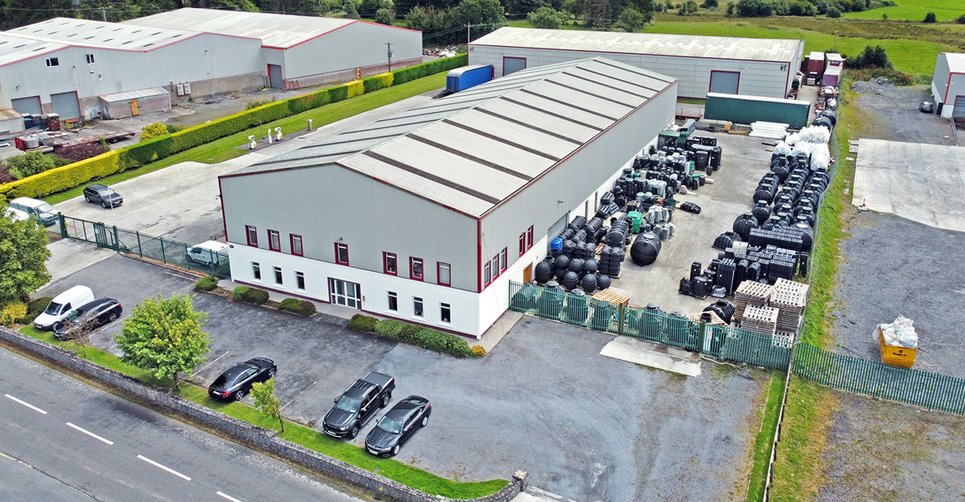Wastewater regulations
Summary of the domestic & commercial wastewater regulations in the Republic of Ireland & Northern Ireland.
Republic of Ireland
In the Republic of Ireland planning permission from the local authority is required prior to installation of a new on-site wastewater treatment system. Before an application can be submitted, an EPA Site Suitability Assessment is carried out by an engineer to determine if you have suitable ground conditions and space available on-site to discharge treated effluent to groundwater.
For example, a 4 bedroom house would require a septic tank with capacity for 6 people, a traditional percolation area would need 6 trenches 18 metres long with 2.5 metre centres (each trench is 500mm in width) which would be a total area of 270m2 to safely treat and dispose of your wastewater.
You also need to meet the minimum separation distances from the water table or bedrock on-site as well as the property itself, surrounding boundaries, wells, other dwellings, public roads, etc. If you are not able to meet the separation distances you will need to install a packaged secondary wastewater treatment system which requires less space on-site and gives you more flexibility when it comes to ground conditions.
A packaged secondary wastewater treatment system is available in pumped or gravity outlet and can be used with low-pressure pipe networks or sand filters to minimise the space needed to safely treat and dispose of your wastewater.
If a site is deemed unsuitable for discharging treated effluent to groundwater, alternative options, if any, will need to be discussed with the local authority. You can learn more about domestic wastewater regulations in the Republic of Ireland by checking out the EPA Code of Practice 2021, S.R. 66:2015, and the Building Regulations Technical Guidance Document H.
Northern Ireland
In Northern Ireland it is a legal requirement under Article 7 of the Water Order (NI), to obtain consent from the Department of Agriculture, Environment and Rural Affairs (DAERA) to discharge treated effluent to a watercourse or groundwater.
There are two options when there is no access to a main sewer:
- Discharge to a percolation area (also known as soakaway) with an on-site wastewater treatment system (sewage treatment plant) achieving 95% BOD reduction.
- When available, discharge to a watercourse after an on-site wastewater treatment system (sewage treatment plant) achieving a 97.5% BOD reduction.


